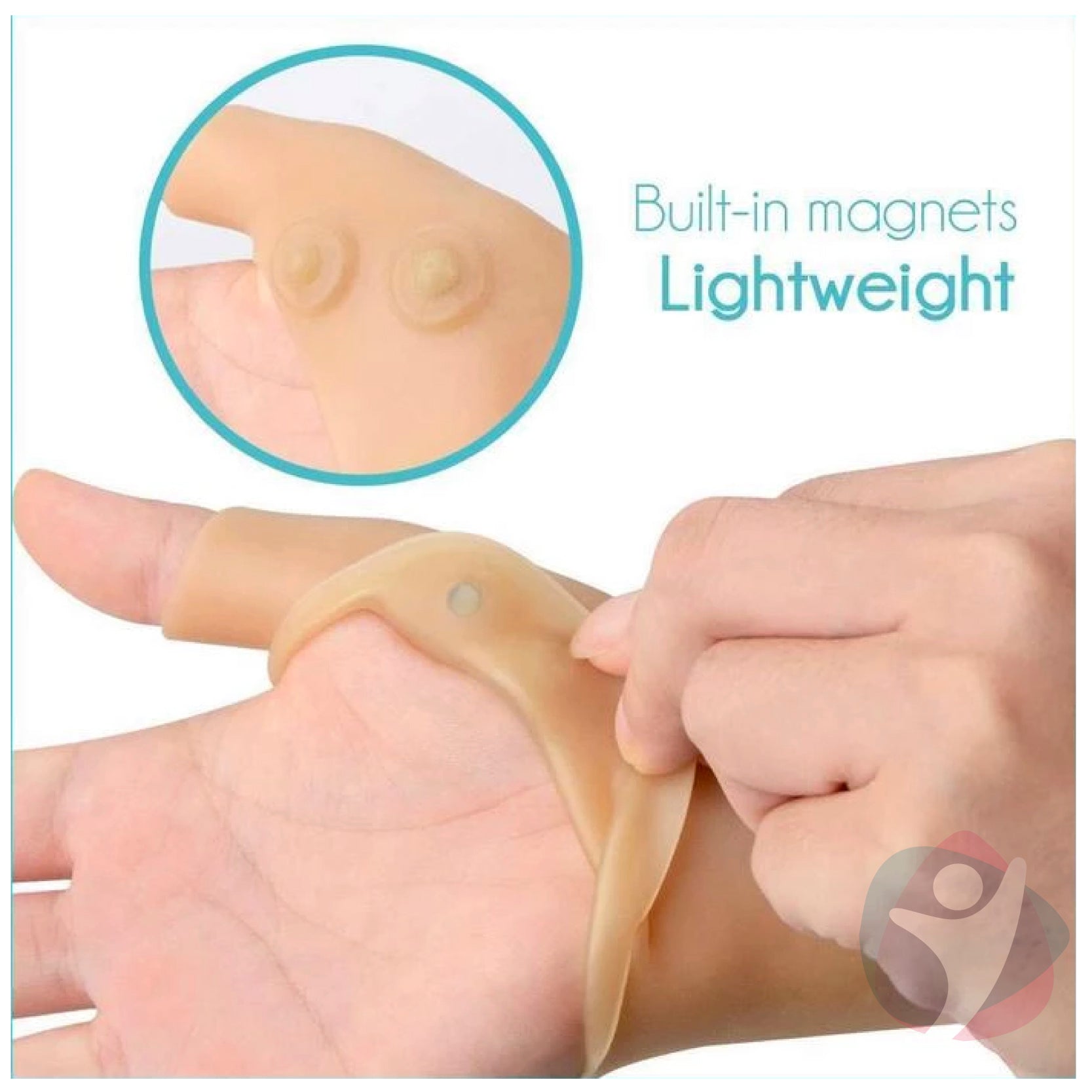
Arthritis in children, often referred to as pediatric arthritis, is a debilitating condition that can severely impact a child's quality of life. Traditional occupational therapy has long been a cornerstone in managing this condition, helping children maintain mobility and perform daily tasks. However, the advent of technology has brought forth innovative tools and apps that are transforming how therapy is delivered, making it more effective and engaging.
The Role of Technology in Occupational Therapy
One of the most groundbreaking advancements is the integration of virtual reality (VR) into occupational therapy. VR can immerse children in interactive environments where they can perform therapeutic exercises in a fun and engaging manner. These virtual settings are designed to mimic real-world scenarios, helping kids practice activities of daily living in a controlled, safe space. For instance, a child might practice brushing their teeth or tying their shoelaces within a virtual environment, which can be more motivating than traditional methods.
Tele-Therapy: Breaking Barriers of Distance
Tele-therapy has emerged as a crucial tool, especially in the wake of the COVID-19 pandemic. This approach allows therapists to connect with patients remotely, providing real-time guidance and support. For families living in rural or underserved areas, tele-therapy breaks down geographical barriers, ensuring that children with arthritis receive the care they need.
Tele-therapy sessions can be conducted via video calls, where therapists can observe the child’s movements and provide instant feedback. Additionally, various apps are available that offer guided exercises, enabling parents to facilitate therapy sessions at home. This not only makes therapy more accessible but also allows for more frequent and consistent sessions, which are vital for effective management of pediatric arthritis.
Innovative Tools and Apps
Several innovative tools and apps are now available to aid in the occupational therapy of children with arthritis. One such tool is the use of motion-sensing devices, which can track a child’s movements and provide data on their range of motion and activity levels. This data can be analyzed by therapists to tailor therapy sessions to the child’s specific needs.
Apps designed for children with arthritis often include games and activities that promote hand-eye coordination, strength, and dexterity. For example, an app might feature a game where children have to pop virtual bubbles by moving their fingers in specific ways, subtly encouraging therapeutic movements. These apps make therapy sessions less monotonous and more enjoyable, increasing the likelihood of adherence to therapy regimens.
The Future of Occupational Therapy
The future of occupational therapy for children with arthritis looks promising, with ongoing research and development in the field of technology. Innovations such as exoskeletons, which are wearable devices that support and enhance limb movement, are being explored for pediatric use. These devices could potentially enable children with severe arthritis to perform tasks that were previously impossible.
Moreover, the integration of artificial intelligence (AI) in therapy apps is a burgeoning field. AI can provide personalized therapy plans based on a child’s progress and response to previous sessions. This level of customization ensures that each child receives the most effective therapy tailored to their unique needs.
Stories of Success
There are numerous stories of children who have benefited immensely from the integration of technology in their occupational therapy. Take, for example, a young girl with juvenile arthritis who struggled with basic tasks like holding a pencil. Through the use of a VR-based therapy program, she was able to practice her grip and hand movements in a gamified environment. Over time, her dexterity improved significantly, and she could participate more fully in school activities.
Another child, living in a remote area, had limited access to traditional therapy sessions. Tele-therapy, combined with motion-sensing devices, allowed his therapist to monitor his progress and adjust his therapy plan in real-time. This consistent and tailored approach led to marked improvements in his mobility and overall quality of life.
Integrating Technology with Traditional Methods
While technology offers numerous benefits, it is essential to integrate these advancements with traditional occupational therapy methods. Hands-on activities, such as using therapeutic putty or engaging in arts and crafts, remain invaluable. These activities promote fine motor skills and provide sensory feedback that digital tools cannot replicate.
Combining traditional methods with technological advancements creates a comprehensive therapy plan that addresses all aspects of a child’s development. Therapists can use data from motion-sensing devices to identify areas that need more focus during hands-on sessions, ensuring a well-rounded approach to therapy.
Educational Resources for Parents
Parents play a crucial role in the therapy process, and educating them about the available tools and techniques is vital. Numerous online resources and support groups provide information on how to effectively use technology in occupational therapy. These platforms offer tutorials, success stories, and forums where parents can share their experiences and advice.
For instance, parents can learn about the benefits of using arthritis gloves to alleviate hand pain and inflammation in children. Detailed guides and user reviews can help them choose the right products and incorporate them into their child’s therapy routine. Read more about the benefits of arthritis gloves here.
As we navigate the complexities of pediatric arthritis, the integration of technology in occupational therapy emerges as a beacon of hope. These advancements not only make therapy more effective but also transform it into an engaging and enjoyable experience for children. The future holds immense potential, promising a better quality of life for children grappling with this challenging condition.


Leave a comment